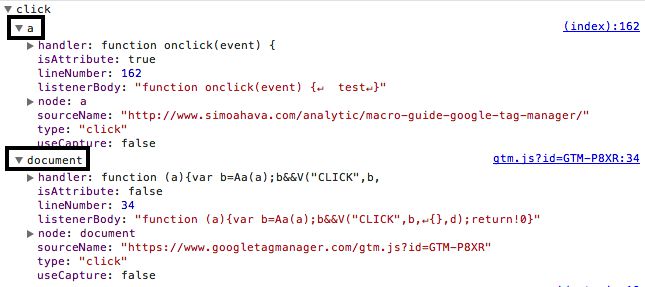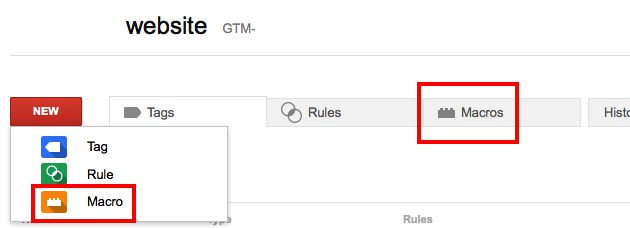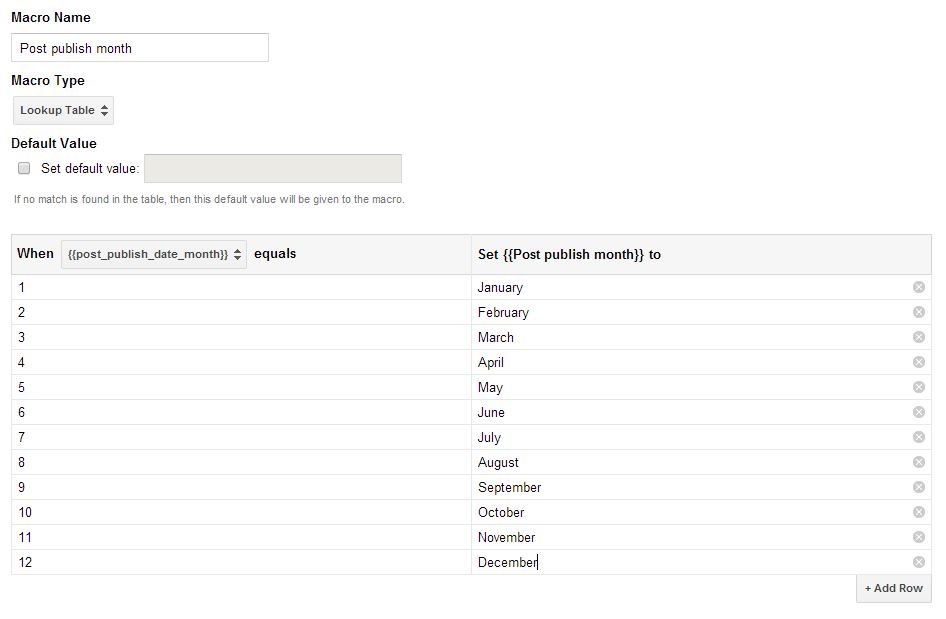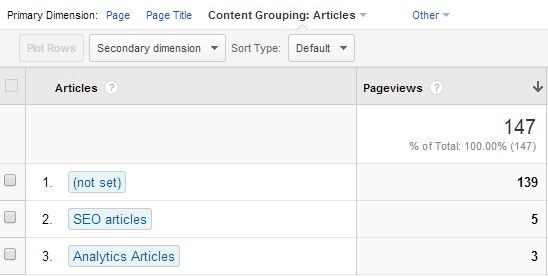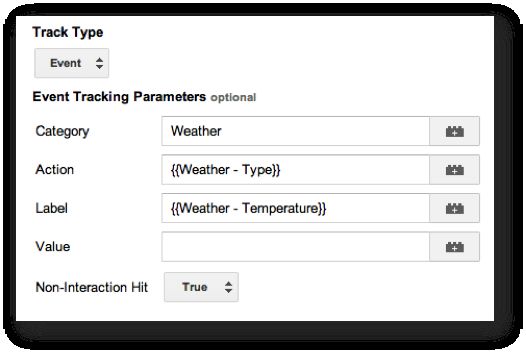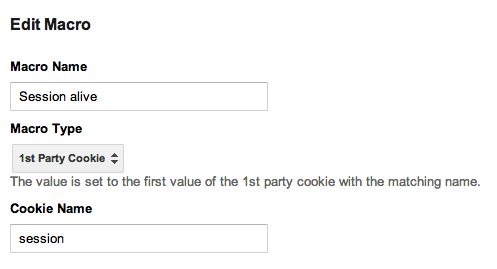Ever so often I come across a Google Tag Manager setup where GTM’s own auto-event listeners don’t perform the task they were supposed to. Listener problems seem to be a hot topic in Google+ and the Product Forums as well.
There may be many reasons why your listeners don’t work, but a very common trend is that you have conflicting JavaScript libraries or scripts running on your page.
Let’s explore how listeners work before tackling the problem.
